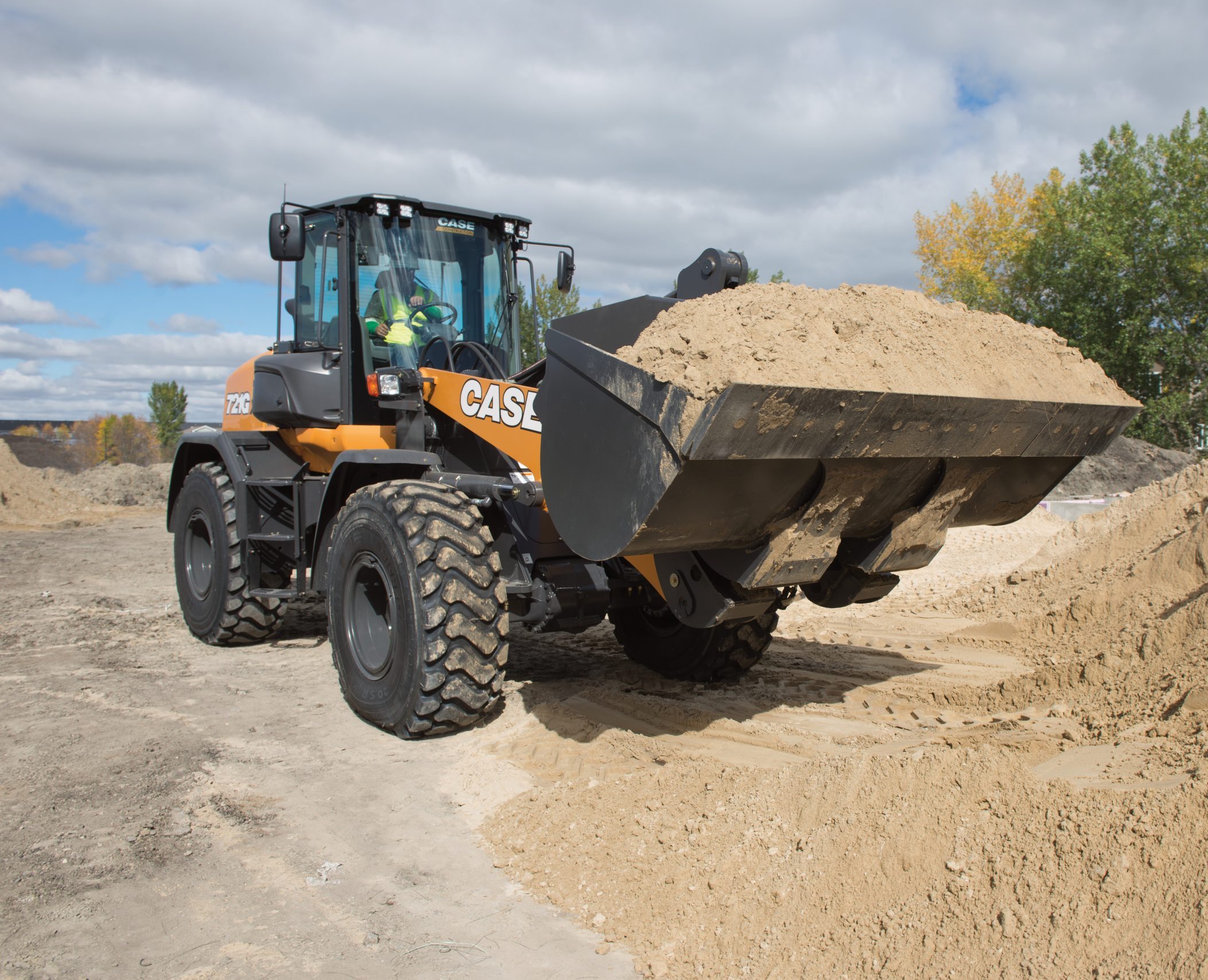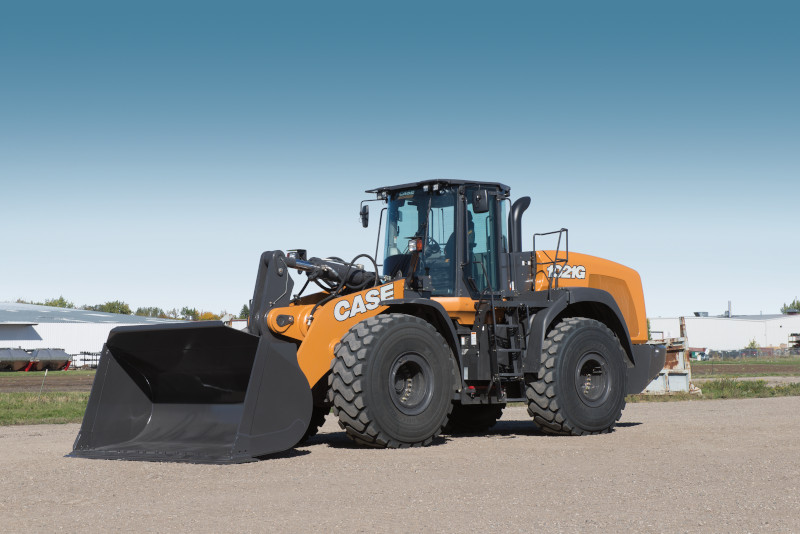
In the market for a wheel loader? As specialised construction vehicles, wheel loaders are designed especially for various tasks. So whether you need to scoop, carry, lift, or load, there’s a wheel loader for you. But being so specialised, you need to choose the right one. There are many different wheel loader models on the market and all with their different specs. So, what should you think about when you buy a wheel loader? What might you need? What matters? Let’s take a look at this:
Think about size
Before you think about anything else, it’s worth getting an idea of the size of your project. Getting to grips with the scope of your job gives you a head start in understanding what size wheel loader is best for you and what you need it to do. Indeed, the right size will help maximise your ROI. So, getting this right is imperative.
What size do I need?
So, how do you determine which size wheel loader you’ll need? Well, simply ask yourself these three questions:
- How much material do I need to move daily?
- Will the wheel loader need to keep up with another machine?
- What weight of materials will the device need to place or lift? What size?
There are 3 main elements you’ll need to compare when considering the size of your wheel loader – its horsepower, tipping load, and bucket size.
Another thing to think about is how you’ll get your wheel loader to and from the site. For example, if you’re planning on moving it by road, its transport width and attachments need to be considered.
We have plenty of different-sized wheel loaders available. Contact us to find out more.
What about durability?
When it comes to construction, everything is sturdy. Even mobile phones and radios come in rugged models. So it’s easy to assume that your wheel loader will inherently be able to handle anything your site can throw at it, too. But durability is still something you should consider.
So, look at protective elements like light shields or guard screens. Will you use your wheel loader to prep a site with dense vegetation?
You should also check that more vulnerable components like hydraulic hoses are suitably protected, too. Increased durability can only increase reliability!
Consider counterweight
Sure, your wheel loader’s weight does give you a fair idea of its power. But have you thought about counterweight? Counterweight not only boosts traction and machine stability but also improves lift capacity.
Then there’s fuel efficiency as one of the most significant expenses any equipment owner has – especially right now – fuel efficiency is vital. So, you should ensure that your wheel loader is the correct size for the job. You should also minimise idle time and bad operator behaviours and look at site travel patterns.
Invest in the right attachments
Loader-specific attachments are a bit on the pricey end. However, they pay for themselves if your job needs versatility. There are forks, blades, rippers, grapples, hedge trimmers, and buckets, of course.
Being able to switch between a variety of attachments makes your machine more capable. So, for the long-term, a quick couplet or quick hitch makes attaching faster and more effective.
Know what you want from a bucket

The sheer amount of attachments available makes wheel loaders so versatile, for sure. But in terms of usefulness, bucket load is more important.
To find out what bucket you need, consider your daily production figure and the density of the materials you’ll be handling. For more versatile jobs, base your bucket specifications on the heaviest material your wheel loader will be taking.
Know arm configurations
For most wheel loaders, there are three main arm configuration types: the most common Z-bar, followed by the XR – extended reach, and the XT, the tool carrier. Each of these linkages has been configured for a specific purpose.
The XR is more popular in farming and agricultural applications, while XT arms are better for material handling. So, if you won’t be doing much material handling, you can see why a Z-bar may be your best bet, while an XT configuration is more suitable for lifting materials using forks often.
How easy is it to service?
The loader’s serviceability is another essential point to think about. Machines with easy access to their maintenance points, like the engine and hydraulic hose, can save you a lot of time. Of course, extended service intervals and high-quality components are also a good idea, but the less time it takes to service your wheel loader, the more time you can spend on-site working.
Comfort!
Okay, so comfort may not seem that important. But, considering its potential to boost productivity and for the health and safety of the user, you’ll soon see why comfort is imperative!
If possible, get into the operator seat of a prospective wheel loader to test the smoothness of the ride, the air conditioning and heating, the suspension seats and cab noise, and the joystick controls.
Here at EEA, we provide a range of wheel loader options for purchase, otherwise, feel free to contact us here.

